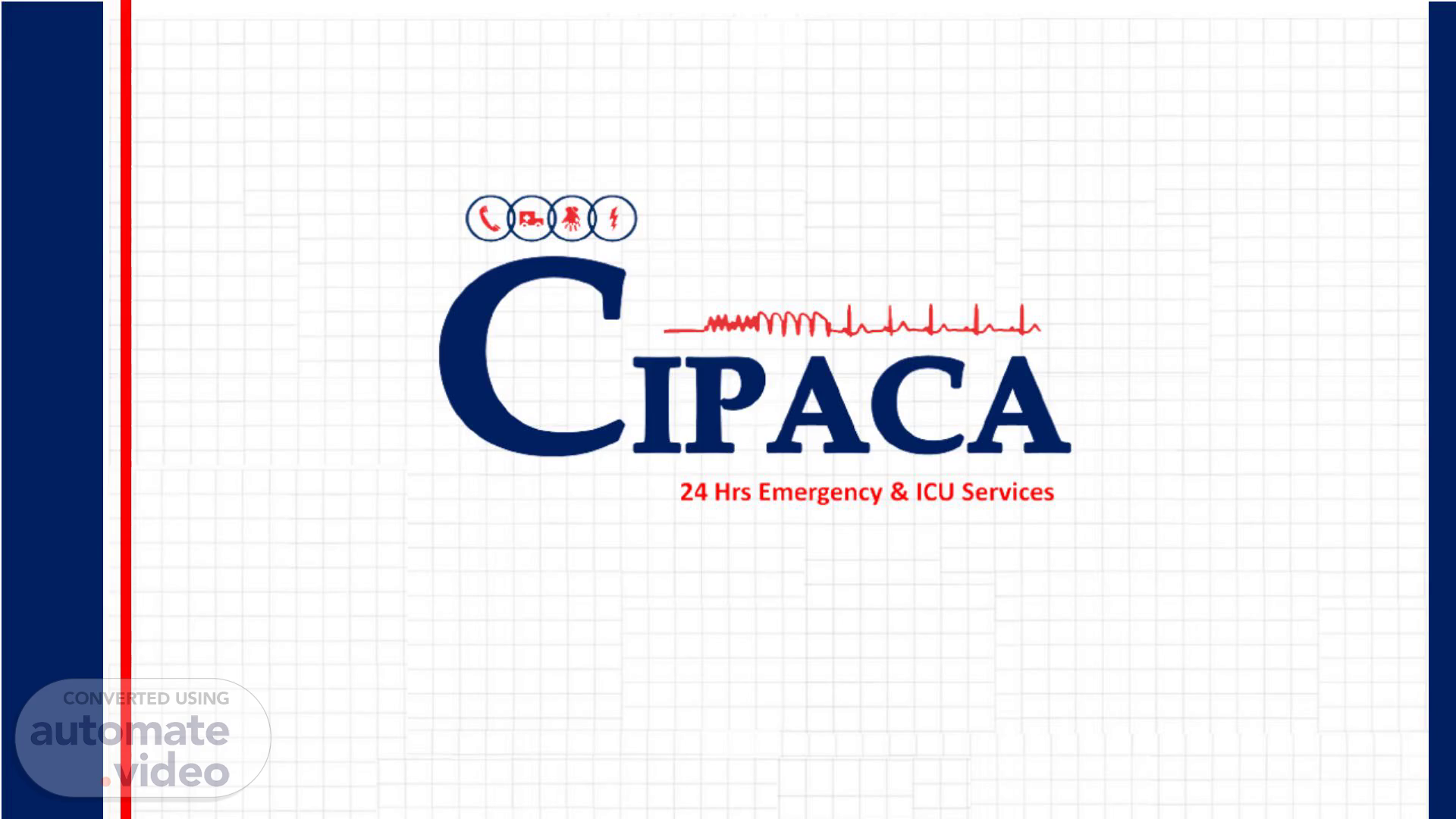Scene 1 (0s)
[Audio] We are pleased to introduce a new corporate promotion that aims to strengthen our connections with valued customers. To begin, it is essential to grasp the characteristics of our target audience. This involves examining different types of customers and their interactions with our company. Let us proceed with an in-depth analysis..
Scene 2 (19s)
[Audio] Our customer classification system allows us to comprehend our customers more effectively by dividing them into categories based on their attributes and demands. This facilitates the creation of tailored services and products that cater to the unique needs of each group. We have grouped our customers into four primary categories: C1, C2, C3, and C4, each representing a distinct portion of our target audience. By grasping these categories, we are able to formulate targeted marketing approaches and enhance our overall customer interaction..
Scene 3 (56s)
[Audio] Referral customers are individuals who have the ability to refer patients to outside hospitals for emergency or intensive care situations. They come from various backgrounds including medical and non-medical fields. Referral customers may be doctors and nurses from the medical field, anganwadi workers, village administrative officers, police personnel, and local influential individuals. These individuals connect patients with necessary healthcare services by referring them to outside hospitals..
Scene 4 (1m 30s)
[Audio] CIPACA's referral customer categories are designed to identify and classify individuals who can refer patients to outside hospitals for emergency or intensive care services. These categories include C1 RC, C2 RC, C3 RC, and C4 RC, each representing a specific range of patient referrals per month. C1 RC refers to those who can refer more than eight patients monthly, while C2 RC includes individuals who can refer between four and eight patients. C3 RC pertains to those who can refer one to three patients, and C4 RC represents individuals who refer only one patient every three months..
Scene 5 (2m 16s)
[Audio] Customer categorization is a process used by businesses to group their customers based on specific characteristics such as company size, industry, or purchasing behavior. This helps organizations tailor their marketing strategies and services to meet the unique needs of each customer category. In this case, corporate and MSME customers are categorized into four groups: C1, C2, C3, and C4, based on the number of employees they have. These categories can help businesses understand their customers' requirements and preferences, allowing them to provide more effective support and solutions..
Scene 6 (2m 59s)
[Audio] Our customers comprise ambulance staff, doctors of small hospitals, duty doctors in small hospitals, casualty doctors, doctors working in large hospitals, private clinic owners, outpatient department practitioners, government hospital doctors, nurses, paramedical staff, and security personnel. These individuals constitute the central part of our target audience, performing vital functions within the healthcare industry..
Scene 7 (3m 28s)
[Audio] Our customers include doctors of private clinics, OP practitioners, first aid practitioners, and other healthcare professionals who work in similar settings as our existing clients in category one..
Scene 8 (3m 40s)
[Audio] Our customers include doctors with average practices, alternative medicine doctors, nurses in small hospitals, big hospitals, nurses working in emergency ICUs, primary healthcare nurses, government hospital nurses, and individuals categorized under category two..
Scene 9 (3m 59s)
[Audio] Our customers include various individuals and groups such as Anganwadi workers, Village health nurses, Medical Shops, Private labs, Auto drivers, village local politicians, Teachers, Govt employees, Police, locally influential people, Local companies’ HR/managers, Owners/managers of any business organization with more than ten employees, including hotel owners, supermarket managers, apartment secretaries, college principals, and others listed under category three. These individuals and groups fall under our C4 customer category..
Scene 10 (4m 38s)
[Audio] We need to set realistic targets to achieve significant business generation from customers across various categories. Breaking down these targets into specific numbers, our monthly target for six months is 140 effective calls. Doubling this target gives us 280 effective calls. The recommended number of relationships created (RCS) for each corporate category is as follows: for C1, which includes corporations with more than 50 employees, we aim for 40 RCS; for C2, with 25-49 employees, we recommend 60 RCS; in the C3 category, having 10-24 employees, we suggest 80 RCS; and for C4, which comprises small businesses with less than 10 employees, we advise creating 100 RCS. Focusing on these targets and RCS recommendations will enable us to effectively drive business growth from our customers..
Scene 11 (5m 40s)
[Audio] We are grateful for your participation in this presentation and we would like to thank you for your interest in learning about our organization. Below, you will find our contact details for your reference. If you need more information or have any queries, please do not hesitate to get in touch with us. Once again, we appreciate your time and consideration..
